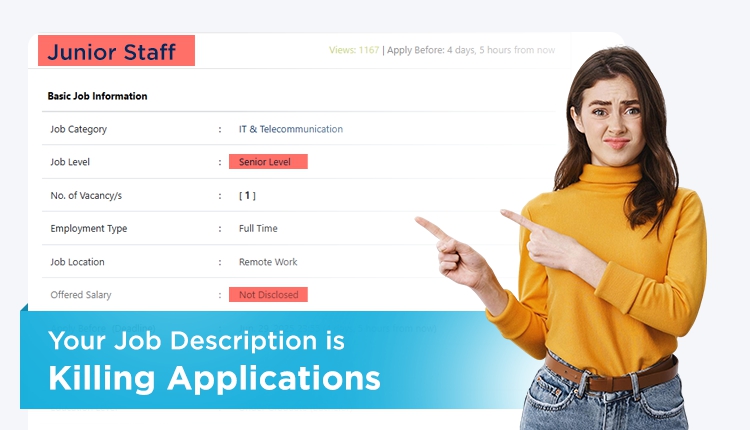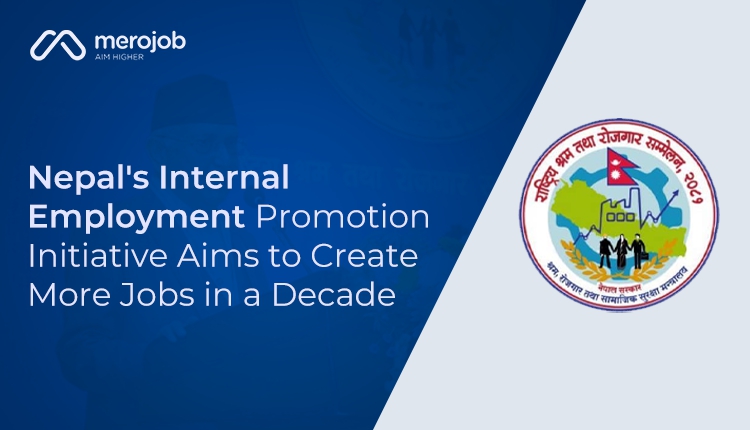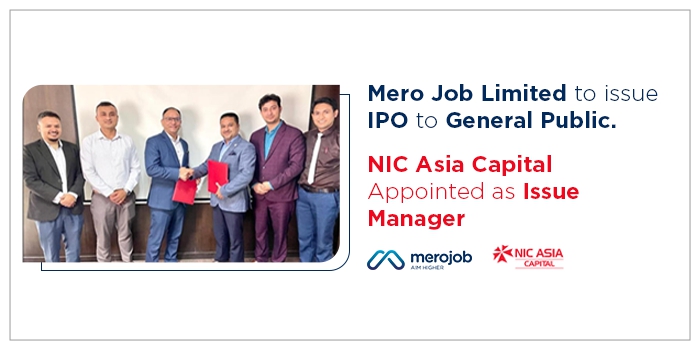Identifying, hiring and training employees is one thing but finding and keeping valuable and talented employees is another thing. From the day an employee joins an organization, they are groomed and trained to make them fit for corporate world. So, when an employee leaves, the organization is completely at loss in terms of time and money invested. Hiring and training new employee means restarting the entire process all over again.
Employee turnover is expensive to any company in a variety of ways. So, how can one make sure that talented and valuable employees stay in the organization for an extended period of time? Firstly, let’s get started with the basic concept of Employee Retention. The way an organization comes up with various policies and practices which let the employees stick to an organization for a longer period of time is referred to as employee retention.
With the growing number or organizations and different benefits provided by each of them to attract new talents, it has become very difficult for an organization to adjust accordingly. Every organization wants their employees to stay for a longer period of time. But, the question that lies is, what is the optimal time span which an employee should spend in any organization? What defines the number of years an employee should work in a particular organization?
Discussion among the HR practitioners in the event concluded that an employee should spend three to five years in an organization for the benefit of both the parties. This is the time frame in which an employee can implement whatever he has learned in the organization and can achieve required experience switch to other jobs.
Today, employees are mobile, in part due to the existence of appealing job opportunities everywhere i.e. within and outside the country. According to Ms. Eliza Pradhan, HR at CE Constructions, “behavior of employee turnover/job switching has changed over past few years or even generations due to various reasons. Changes in the HR industry & human behavior has now led to the need to revise the HR policies accordingly”. However, a healthy turnover is important to any organization, she added.
Understanding the need of individual employees is the key to planning employee retention strategies. The needs and priorities of this generation is different from that of an older generation. “Apart from better pay and financial security, this workforce also demands for challenging tasks and growth opportunities”, say Mr. Krishna Bdr. Singh from Reliance Trade. This has resulted in a strong need to understand the career plans and career growth needs of the employees in order to come up with policies to make them stay longer.
Discrepancy between job description and actual tasks assigned is another factor responsible for employee turnover. In context of Nepal, it is seen that most of the companies fail to develop proper job description while hiring employees. So, when employees find the difference in expected tasks and actual tasks, it leads to frustration and ultimately loss of interest in the job.
If an organization is successful in identifying the career path/goals of the employees, they can integrate it in the company goals. Doing this, there will be a win-win situation for both the employer and the employee. Mismatch between organizational goal and individual career goal is also one of the factors causing employee turnover.
In the recent years, turnover has been increasing due to the lure of migrating to foreign countries. Ease in visa processing and flexible migration policies has attracted a huge pool of active human resource to migrate to countries like USA, Australia, etc. for educational as well as career prospects. Also, the turnover rate and behavior depends on the nature of individual organizations.
While there are many causes of employee turnover, effective and well implemented exit strategies can help in identifying the major causes. Exit interviews can contribute to formulating better retention policies, given that both the employee and organization does not provide biased responses. Employees need to open up and reveal the true reasons for leaving. But, in real scenario, it is seen that both employer and the employee tend to provide biased answers with an expectation to leave in good terms. This provides a challenge to the HR managers in collecting actual information.
“Employees do not reveal facts during exit interviews with the fear of not getting good reference from the company”, says MR. Nirmal Shrestha From Huawei Technologies, “In order to get unbiased results, HR should explain the importance of exit interview & provide proper counselling & guidance prior to the interview, he added.
Building relationship and trust with the employees & interacting with them on a daily basis can contribute greatly to effective exit interviews, says Ms. Uma Basnet from Cloud factory. Organizations today conduct various formal as well as informal employee engagement programs to learn about the employees and also to create a bonding with them. According to Mr. Krishna bdr. Singh, Reliance Trade has been conducting various informal gathering programs with the employees on a periodic basis. For this, they allocate certain budget for individual departments & utilize it for these informal programs.
On the same note, organizations also need to conduct employee engagement activities within the organization in a timely manner. This will not only create a bonding within the employees, but also within the management and the employees. Human behavior shows that they open up while interacting in an informal manner. This also provides an opportunity to the HR to interact with the employees, rather than just meeting them during performance evaluation or exit interviews.
Despite numerous efforts by the organizations, employee turnover is something of unpredictable nature. Employees tend to leave even if they are provided with all the factors that possibly motivate them to stay in the organization. Some of the causes of employee retention as identified in the discussion are pay scale, competition, job misfit, abroad opportunities, peer pressure, organization’s culture, job description, performance evaluation, work life balance, influence of friend’s resignation, etc.
Also, sometimes company itself fails in communicating what they expect from an employee which leads to dissatisfaction from both sides. So, there is a need to identify the factors contributing to retention and come up with a retention plan that can be integrated in the company policy.
Similarly, headhunting conducted by various recruitment companies also possess a threat to employee retention. Being exposed to attractive packages as compared to existing job will definitely lure the employees towards the job offer.
Understanding the major causes of employee turnover will guide in formulating plans and policies for employee retention. Factors such as providing timely reward and recognition, proper communication, flexible working hours, etc. can contribute to employee retention to some extent. But, the most important is the behavioral aspect of each employees. Same factor may not motivate each employee equally. For example, one may be motivated by financial reward while other may be motivated by non-financial reward like foreign visits, training, etc.
“HR Managers and Finance department should also work collaboratively in financial analysis of the company in terms of amount spent on individual employees”, says Mr Arabinda Subedi from Sherpa Adventure. Implementing all the financial policies according to compliance by the Nepal Government like Gratuity, Provident Fund, Citizens’ Investment Trust (CIT), etc. will also contribute to employee retention. The finance department should be able to highlight how much the company is spending on the employees directly and indirectly. Proper segregation of how much an individual earns and how much it Costs to Company will help the employees understand how much the company is spending for their development & growth apart from how much they earn.
Another approach for employee retention can be moving towards Public Limited Company. Most of the workforce are inclined towards governmental or public limited companies because of the long term benefits they offer. Private organization, if they move towards it, can attain a higher level of employee retention rate. This is because, employee can attain higher level of benefits, say, in terms of share, profit sharing, etc. Many companies adopt the practice of signing bonds with the employees. Companies do invest a lot of time, effort and money towards the employees. So, when employees are provided with better growth and learning opportunities within the organization, both the parties can work together for a specified period of time with the application of bonds. Here, employee signs a bond with the company stating that he/she will work with the company for certain number of years.
In conclusion, proper retention plan and employee exit policy is very important in order to ensure that your valuable and talented employees stay for a longer time span. Analysis of individual behavior and career needs, timely benefits review, refreshment visits are some of the factors that can stimulate employee retention. Keeping all factors apart, communication is one of the biggest factors that affects employee retention. Failing to develop proper communication in the organization will adversely affect employee retention.
Real Solutions would like to thank CE Constructions for providing the venue for the event Mr. Ujjwal Sundas from Samata Foundation for moderating the event and all the participants for their valuable time and input to the discussion.

















